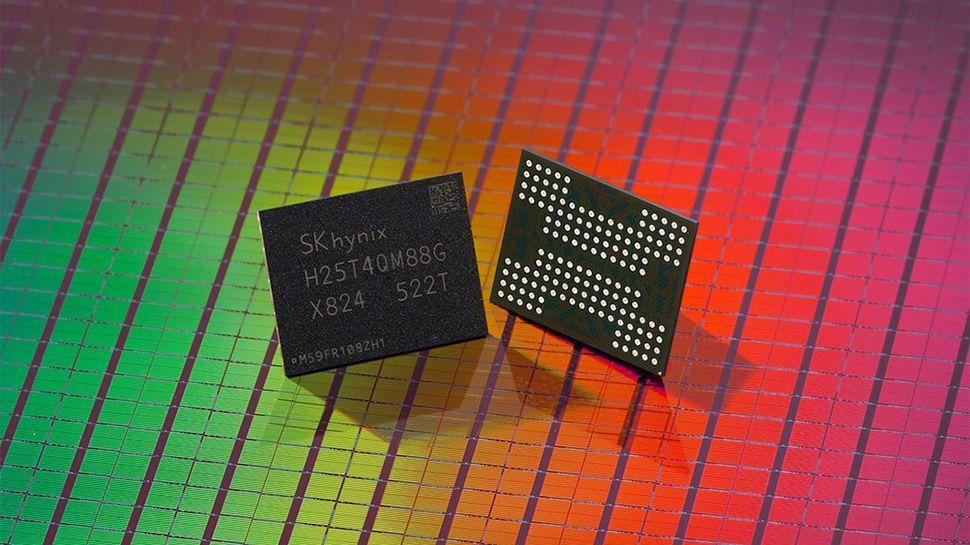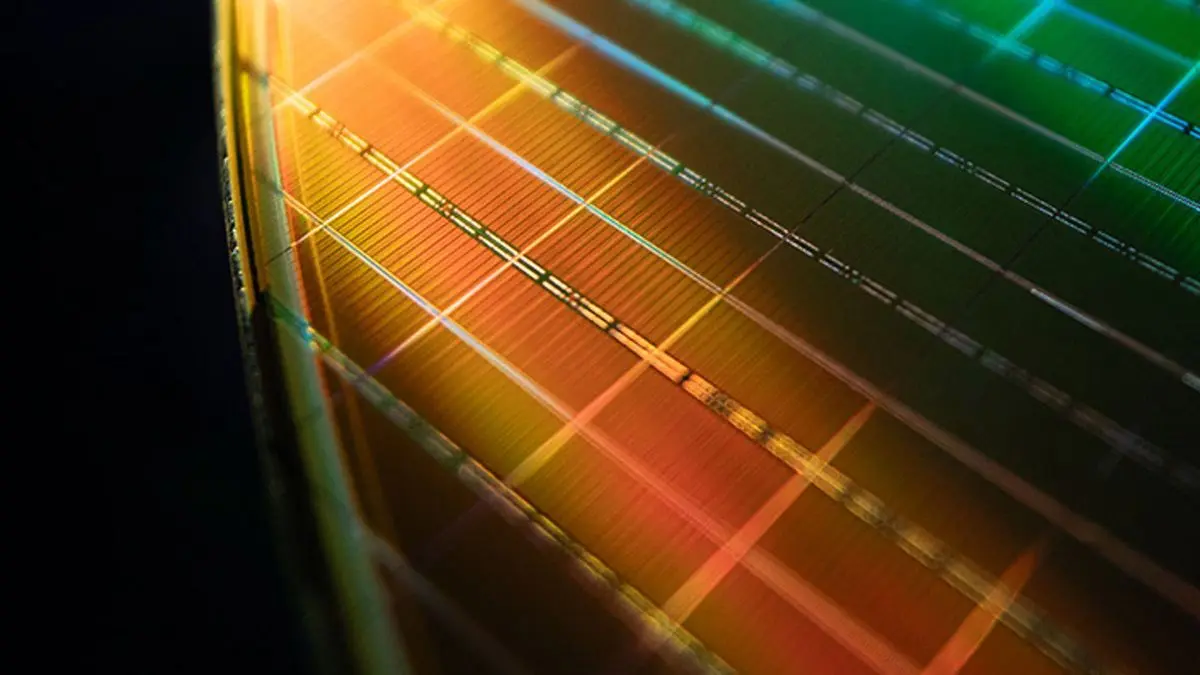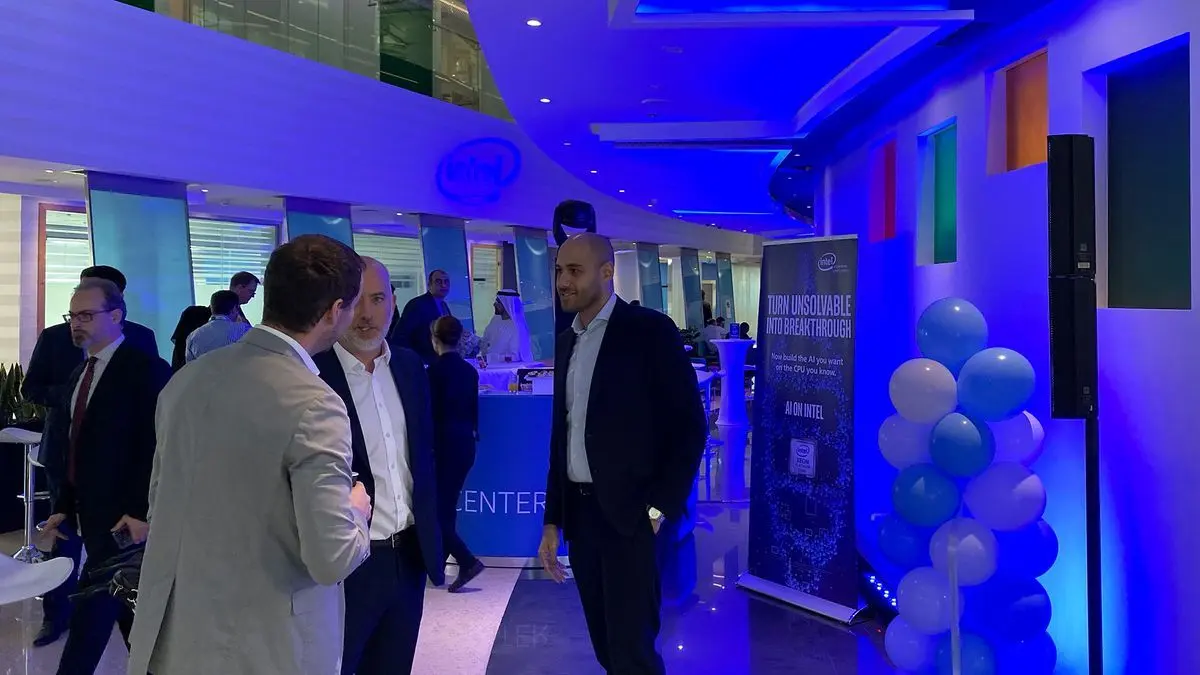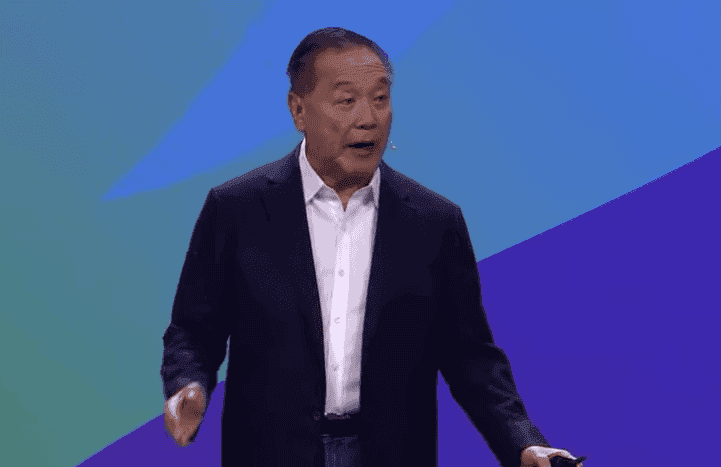Kioxia and SanDisk Unveil BiCS9: A Hybrid 3D NAND Technology Bridging Present and Future Storage Solutions
2 Sources
2 Sources
[1]
Kioxia and SanDisk start shipping BiCS9 3D NAND samples -- hybrid design combining 112-layer BiCS5 with modern CBA and DDR6.0 interface for higher performance and cost efficiency
A transitional step for manufacturing and performance tuning ahead of BiCS10's more complex, high-density architecture. Kioxia and SanDisk have begun sample shipments of their ninth-generation BiCS FLASH, a NAND flash technology that blends legacy architectures with modern enhancements to create a bridge between the current BiCS8 generation and the forthcoming BiCS10. While BiCS10 is expected to deliver higher capacities through a cutting-edge 332-layer design, BiCS9 takes a more cost-optimized approach, targeting enterprise SSDs built for AI workloads and mid-tier storage solutions where efficiency and performance balance are key. What sets BiCS9 apart is its hybrid construction, achieved through CMOS directly Bonded to Array (CBA) technology. In this process, the logic and memory cell wafers are fabricated separately under optimized conditions before being bonded into a single, high-performance package. This innovation allows Kioxia to mix and match mature cell structures -- such as a 112-layer BiCS5 or a 218-layer BiCS8 -- with a modern I/O interface. The result is a chip capable of delivering Toggle DDR 6.0 speeds of up to 3.6 Gb/s, with peak speeds reaching 4.8 Gb/s under controlled testing conditions. Despite employing fewer layers than BiCS8 or the next-gen BiCS10, BiCS9 still brings meaningful upgrades. Write performance is up by 61%, read speeds improve by 12%, and power efficiency rises by 36% during writes and 27% during reads compared to previous 512 GB TLC designs. An 8% increase in bit density further underscores the careful engineering that allows BiCS9 to deliver strong performance without inflating costs. Kioxia's roadmap positions BiCS9 as a transitional step, enabling the company to refine manufacturing techniques and performance tuning ahead of BiCS10's more complex, high-density architecture. This strategy is particularly relevant as AI-driven data workloads demand faster, power-conscious storage solutions capable of feeding GPUs with minimal latency, especially with the extreme ambition associated with the AI boom. Kioxia's approach with BiCS9 contrasts with rivals like Samsung and Micron, who are betting on aggressively scaling layer counts to achieve capacity gains. While competitors push beyond 300 layers, Kioxia is focusing on hybrid architectures that offer faster time-to-market and better cost efficiency. Working with a consumer-facing industry veteran like SanDisk ensures Kioxia, who invented NAND flash, stays highly competitive through mixed R&D efforts. Therefore, the company's long-standing partnership with SanDisk has been instrumental in shaping the BiCS series, combining Japanese manufacturing expertise with SanDisk's deep storage market presence. Since their joint venture began in 2006, the two companies have co-developed multiple generations of 3D NAND technology, pushing the limits of scaling and performance. BiCS9 serves as their new marquee offering, alongside Kioxia's own efforts to set new industry standards.
[2]
KIOXIA samples next-gen 512Gb TLC BiCS FLASH storage solutions
TL;DR: KIOXIA will begin mass production of its 9th Gen BiCS FLASH 3D flash memory in fiscal 2025, featuring 512Gb TLC devices with 120-layer stacking. This technology offers up to 61% faster write speeds, 30% improved power efficiency, and targets high-performance enterprise SSDs for AI and GPU applications. KIOXIA has announced a milestone in the development of its 9th Gen BiCS FLASH 3D flash memory technology, with mass production set to commence in fiscal year 2025. This is the successor to the 8th Gen BiCS FLASH technology that we wrote about last week, which is featured in the company's impressive 245.76 TB NVMe SSD, designed for the enterprise data center market. 9th Gen BiCS FLASH 3D flash memory technology is all about delivering "high performance at reduced production cost," thanks to CBA (CMOS directly Bonded to Array) technology that brings performance, efficiency, and density. And on that note, KIOXIA has announced that it has begun shipping samples of 512Gb Triple-Level Cell (TLC) memory devices featuring 9th Gen BiCS FLASH technology. KIOXIA notes that these devices are built for applications that demand high-performance and "exceptional power efficiency," with low to mid-level storage capacity requirements. KIOXIA added that these devices will also be integrated into future enterprise SSDs from the company, targeting the AI market and those looking to boost GPU efficiency. KIOXIA notes that 512Gb TLC, with 120-layer stacking and an 8% increase in bit density, offers significant performance gains over its existing products with the same capacity. Up to 61% faster write performance, 12% faster read performance, and power efficiency gains in the realm of 30%. The company also confirms 3.6 GB/s NAND interface performance, with 4.8 GB/s achievable "under demonstration conditions." Rounding out the announcement, KIOXIA also confirmed that 10th Gen BiCS FLASH technology devices are also coming; however, these will increase the number of memory layers "to meet the expected future demand for larger-capacity, high-performance solutions."
Share
Share
Copy Link
Kioxia and SanDisk introduce BiCS9, a transitional 3D NAND technology that combines legacy architectures with modern enhancements, targeting AI workloads and mid-tier storage solutions with improved performance and efficiency.
Kioxia and SanDisk Introduce Innovative BiCS9 3D NAND Technology
Kioxia and SanDisk have begun shipping samples of their ninth-generation BiCS FLASH, a groundbreaking NAND flash technology that combines legacy architectures with modern enhancements. This hybrid approach positions BiCS9 as a crucial transitional step between the current BiCS8 generation and the upcoming BiCS10, targeting enterprise SSDs for AI workloads and mid-tier storage solutions
1
.Hybrid Design and Performance Improvements
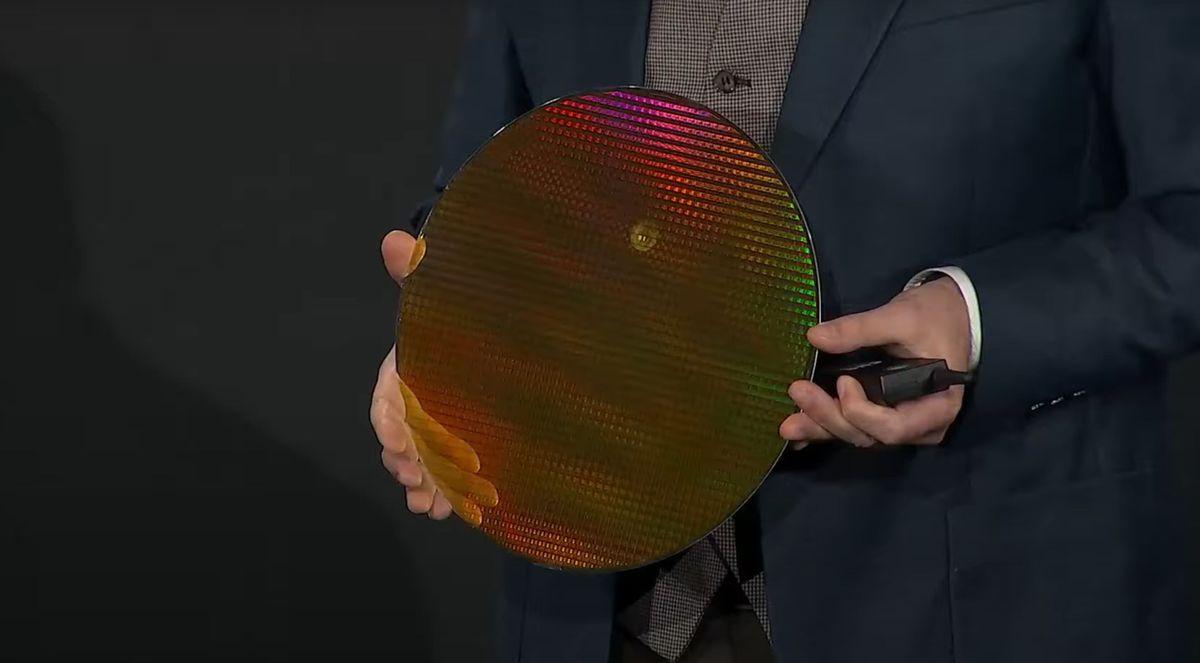
Source: Tom's Hardware
BiCS9's standout feature is its hybrid construction, achieved through CMOS directly Bonded to Array (CBA) technology. This innovative process allows for the separate fabrication of logic and memory cell wafers under optimized conditions before bonding them into a single, high-performance package
1
. The result is a chip capable of delivering Toggle DDR 6.0 speeds of up to 3.6 Gb/s, with peak speeds reaching 4.8 Gb/s under controlled testing conditions2
.Despite employing fewer layers than its predecessors, BiCS9 brings significant performance upgrades:
- 61% increase in write performance
- 12% improvement in read speeds
- 36% boost in power efficiency during writes
- 27% enhancement in power efficiency during reads
- 8% increase in bit density
1
These improvements underscore the careful engineering that allows BiCS9 to deliver strong performance without inflating costs.
Strategic Positioning and Market Impact
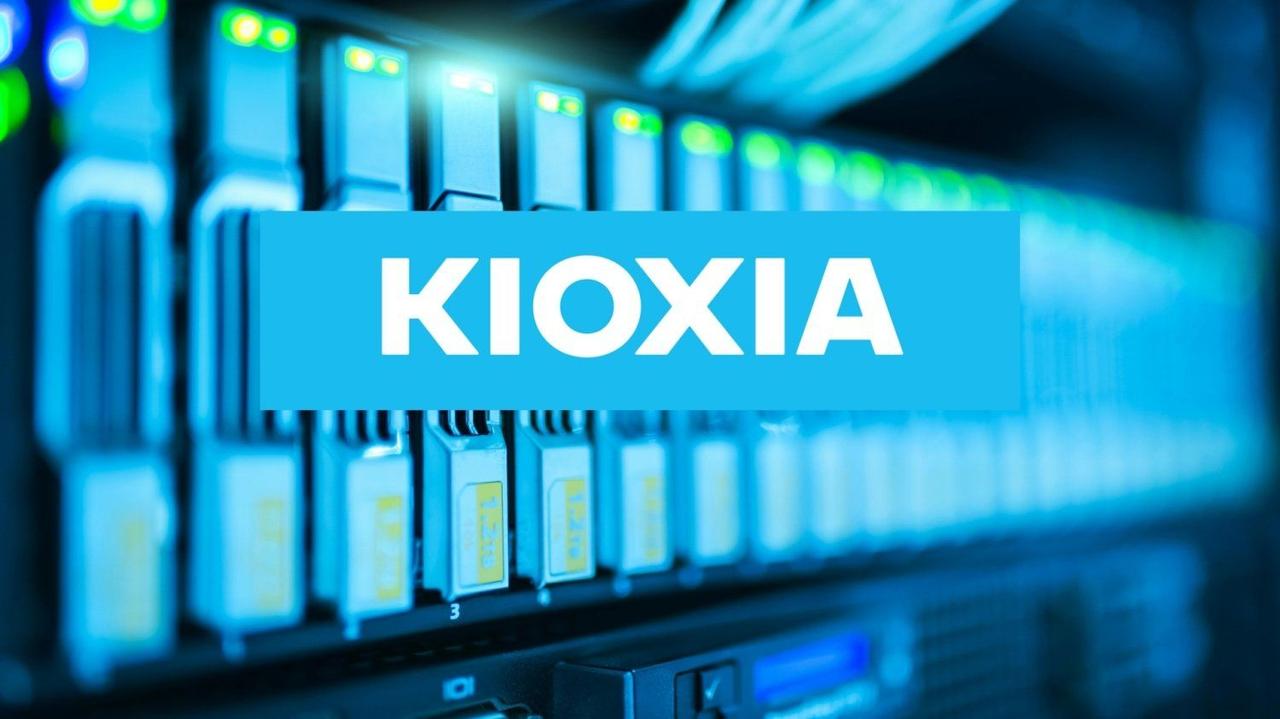
Source: TweakTown
Kioxia's roadmap positions BiCS9 as a strategic move, enabling the company to refine manufacturing techniques and performance tuning ahead of BiCS10's more complex, high-density architecture. This approach is particularly relevant as AI-driven data workloads demand faster, power-conscious storage solutions capable of feeding GPUs with minimal latency
1
.The partnership between Kioxia and SanDisk, which dates back to 2006, has been instrumental in shaping the BiCS series. This collaboration combines Japanese manufacturing expertise with SanDisk's strong market presence, ensuring that Kioxia remains highly competitive through mixed R&D efforts
1
.Related Stories
Future Outlook and Industry Trends
While competitors like Samsung and Micron are aggressively scaling layer counts to achieve capacity gains, Kioxia's approach with BiCS9 focuses on hybrid architectures that offer faster time-to-market and better cost efficiency
1
. This strategy aligns with the growing demand for high-performance, power-efficient storage solutions in the AI and GPU markets2
.Looking ahead, Kioxia has confirmed that 10th Gen BiCS FLASH technology devices are also in development. These future iterations will increase the number of memory layers to meet the anticipated demand for larger-capacity, high-performance solutions
2
.Mass Production and Availability
Kioxia plans to begin mass production of its 9th Gen BiCS FLASH 3D flash memory in fiscal 2025. The initial offerings will feature 512Gb Triple-Level Cell (TLC) devices with 120-layer stacking, targeting applications that demand high performance and exceptional power efficiency
2
.As the storage industry continues to evolve, BiCS9 represents a significant step forward in balancing performance, efficiency, and cost-effectiveness. Its hybrid design and strategic positioning underscore the ongoing innovation in NAND flash technology, particularly in meeting the growing demands of AI and data-intensive applications.
References
Summarized by
Navi
Related Stories
Recent Highlights
1
OpenAI releases GPT-5.2 AI model after code red memo signals Google Gemini 3 threat
Technology

2
Disney invests $1 billion in OpenAI, licenses 200+ characters for Sora AI video generator
Technology

3
OpenAI faces wrongful death lawsuit after ChatGPT allegedly fueled murder-suicide tragedy
Policy and Regulation


